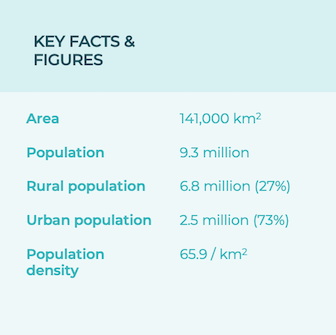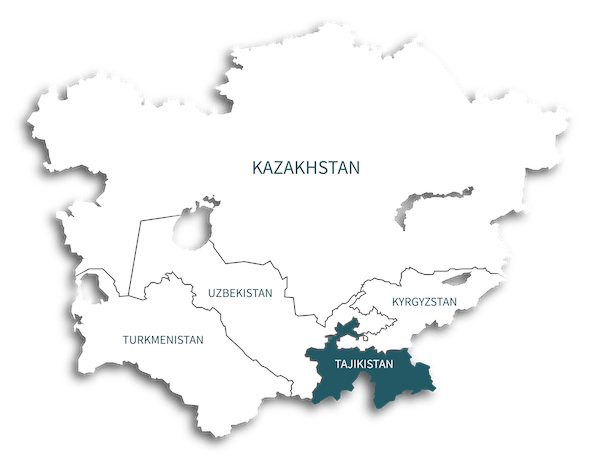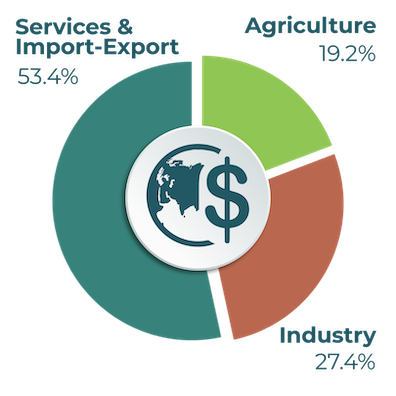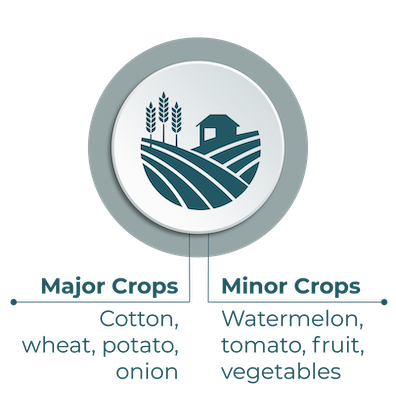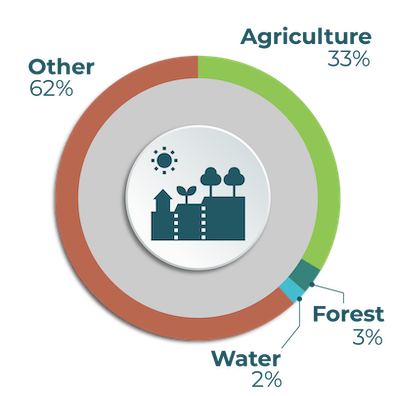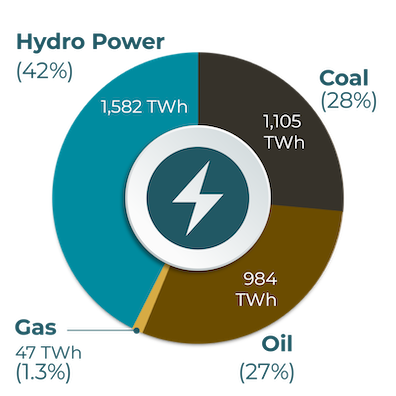OVERVIEW TAJIKISTAN
COUNTRY PROFILE
Tajikistan
Explore the overview for a general context of how vulnerable and resilient Tajikistan is to climate change. Explore climate impact and vulnerability by sector. View the results of the Climate Risk and Vulnerability Assessment for Tajikistan. Explore the various options for climate adaptation in key sectors.
Country Context
The Republic of Tajikistan is a landlocked, mountainous country in Central Asia. About 93% of the country is dominated by high mountains ranging from 984 feet to 24,589 feet. Nearly 50% of Tajikistan's territory lies at elevations greater than 10,000 feet above sea level, dominated by the Trans-Alay Range in the north and the Pamirs in the southeast. Tajikistan has approximately 1,300 lakes, and the principal rivers of Central Asia -- the Amu Darya and the Syr Darya -- both flow through Tajikistan. Glaciers occupy about 6% of the total national territory.
The mountainous, glacial terrain serves an important dual function of producing some precipitation and of retaining water, which helps to control hydrological flows and regulate the local climate. The glaciers and permafrost of Tajikistan are a primary source of water recharging the Aral Sea river basin.
About 70% of the Tajikistan population is involved in agriculture, which accounts for about 25% of the gross domestic product. The country has large deposits of natural resources such as water, coal, oil, gas, mercury, gold, silver, salt, limestone, marble, and clay. Water resources are used to generate about 95% of all electricity.
Key Facts & Figures
Geography and population
With a territory of 144,000 km2, Tajikistan is home to a population of 9.3 million, most of which resides in the valley areas with a density of 65 inhabitants per square kilometer. Nearly 3/4 of the population lives in rural areas (6.8 million), while 2.5 million people live in the urban areas of Dushanbe, Khujand and Qurghonteppa.
Economy
Tajikistan's economy is dominated by the natural resources extraction import-export sector, industry and agriculture.
Agriculture
Because less than 7% of the land area is arable and cotton is the predominant crop, Tajikistan imports approximately 70% of its food.
Land Use
Most of Tajikistan is mountainous, with economic activities focused in the valley areas. About a third of the land is devoted to agricultural activities, though only 1% is permanent crops and 28% is permanent pasture. Forest make up around 3% of the territory.
Energy Supply
Tajikistan derives most of its energy supply from fossil fuels (oil, coal and some gas) and significant hydropower facilities.

